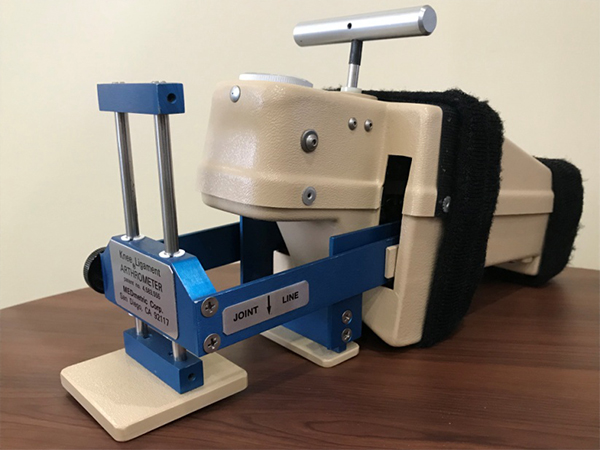I recently saw a patient with a classic history and exam for an #ACL tear but an MRI which showed no tear. For decades I have used a painless device called the KT1000 for ACL tears which precisely measures knee laxity. It takes five minutes to perform during an office visit. We usually are not paid anything for the test. In this patient the exam clearly showed that the ACL had a partial tear which was exactly consistent with the history and exam but entirely missed by the MRI. This is important because partial ACL tears must be protected so that they don’t become complete. Just relying on the MRI would’ve resulted in a rehab plan that would not have protected it.
Years ago I published a paper which showed a 19% error rate for MRI on ACL tears, and for which the KT 1000 was 100% accurate. This was for a series of 150 patients. When I review articles for journals on the ACL I also insist that this kind of data is present. I have noticed in recent years that fewer surgeons use it and rely almost entirely on MRI and the physical exam, which is often equivocal. This case is a good reminder that MRI’s are not always accurate.










